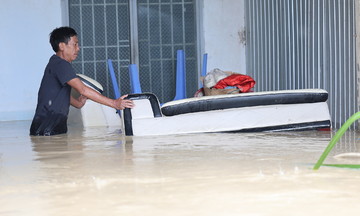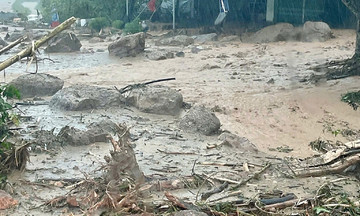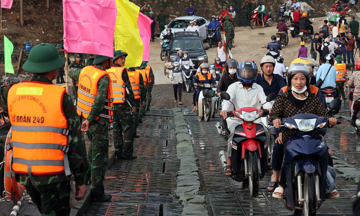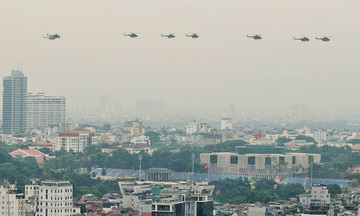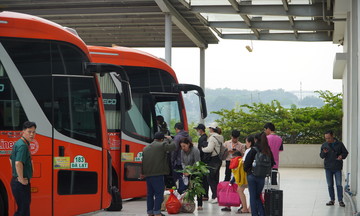On 10/7, the National Archives Center III in Hanoi opened an exhibition commemorating 30 years of US-Vietnam diplomatic relations. Over 100 photographs, diplomatic letters, and meeting minutes are on display, divided into three sections: The Path to Normalization, Cooperation and Development, and Stepping into a New Era.
Many documents are being released to the public for the first time. These include records related to the normalization process, President Clinton's declaration from the White House on 11/7/1995 (held at the US National Archives), and Prime Minister Vo Van Kiet’s response on 12/7/1995 (preserved at the National Archives Center III).
In his televised address on 12/7/1995, Prime Minister Kiet, a key figure in the normalization process, stated, "President Clinton’s decision to recognize and normalize relations with Vietnam is a significant one. It reflects the desire of the American people to close the chapter on the war and build a normal, friendly, and cooperative relationship with Vietnam. This decision aligns with current international trends and contributes to peace, stability, and development in Southeast Asia and the world."
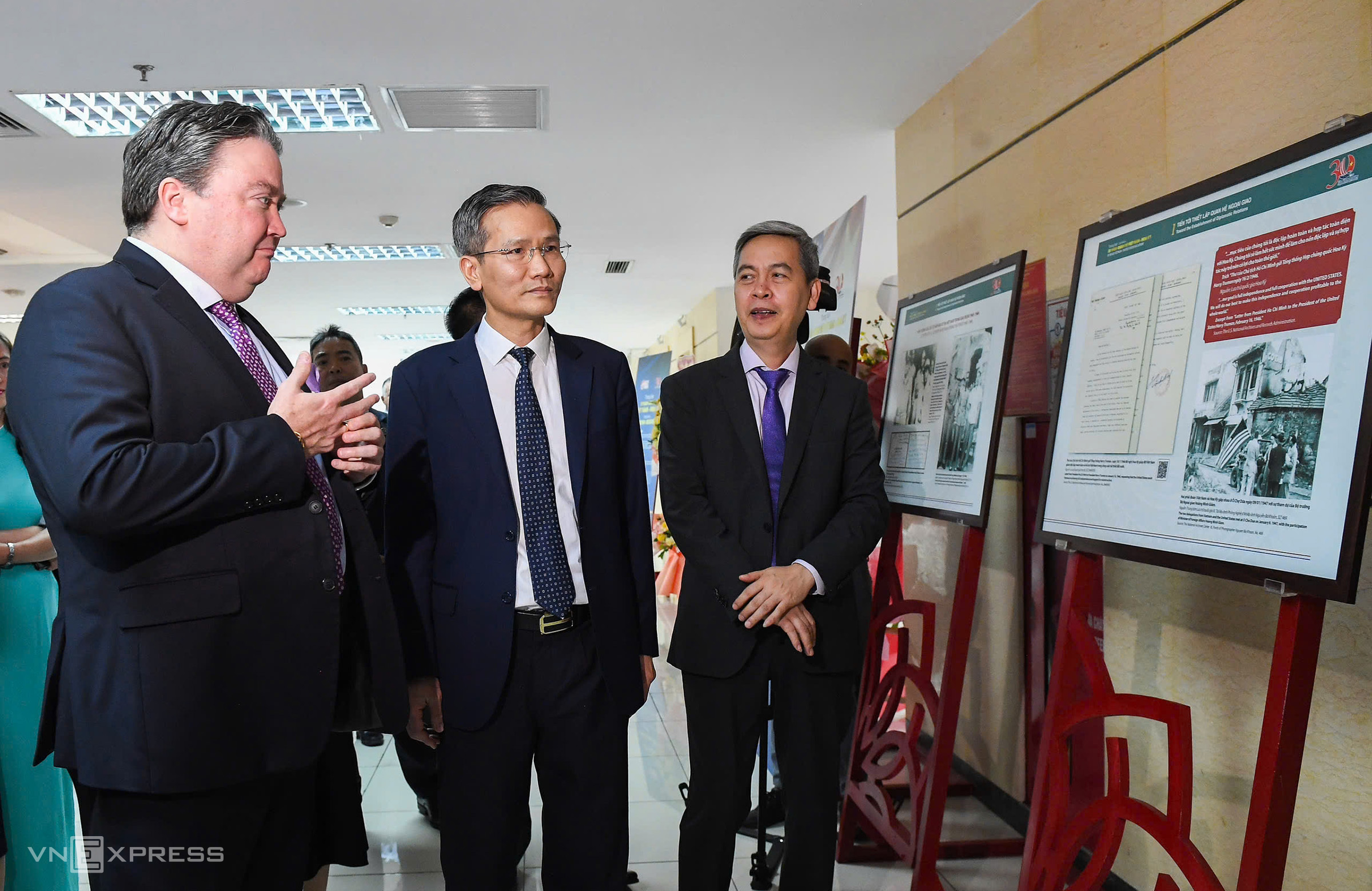 |
US Ambassador to Vietnam Marc Knapper visits the exhibition at the National Archives Center III on 10/7. Photo: Phuoc An |
US Ambassador to Vietnam Marc Knapper visits the exhibition at the National Archives Center III on 10/7. Photo: Phuoc An
US Ambassador to Vietnam, Marc Knapper, emphasized that this 30th anniversary offers an opportunity to reflect on the shared past, celebrate cooperative achievements, and prepare for the future. He expressed his admiration for the three-decade journey, noting the transformation from the scars of war to a future built on trust, respect, and mutual cooperation.
Ambassador Knapper highlighted that the exhibited materials are more than just historical images and texts. They represent profound stories of connection, sharing, and reconciliation. Over the past 30 years, the two countries have built cooperative ties across various fields, from economics and trade to culture and education, with a particular focus on addressing war legacies—a priority that will continue.
Former Vietnamese Ambassador to the US, Pham Quang Vinh, reviewed the 30-year journey, during which the two former adversaries became friends, partners, comprehensive partners, and finally, comprehensive strategic partners. These achievements, he noted, are the result of continuous efforts and determination by both governments and peoples. These efforts included healing the wounds of war, fostering understanding, reconciliation, building trust, engaging in dialogue to overcome differences, and promoting cooperation.
"This is particularly evident in addressing war consequences and searching for remains and artifacts for families on both sides," he said, expressing confidence in further milestones in the US-Vietnam relationship.
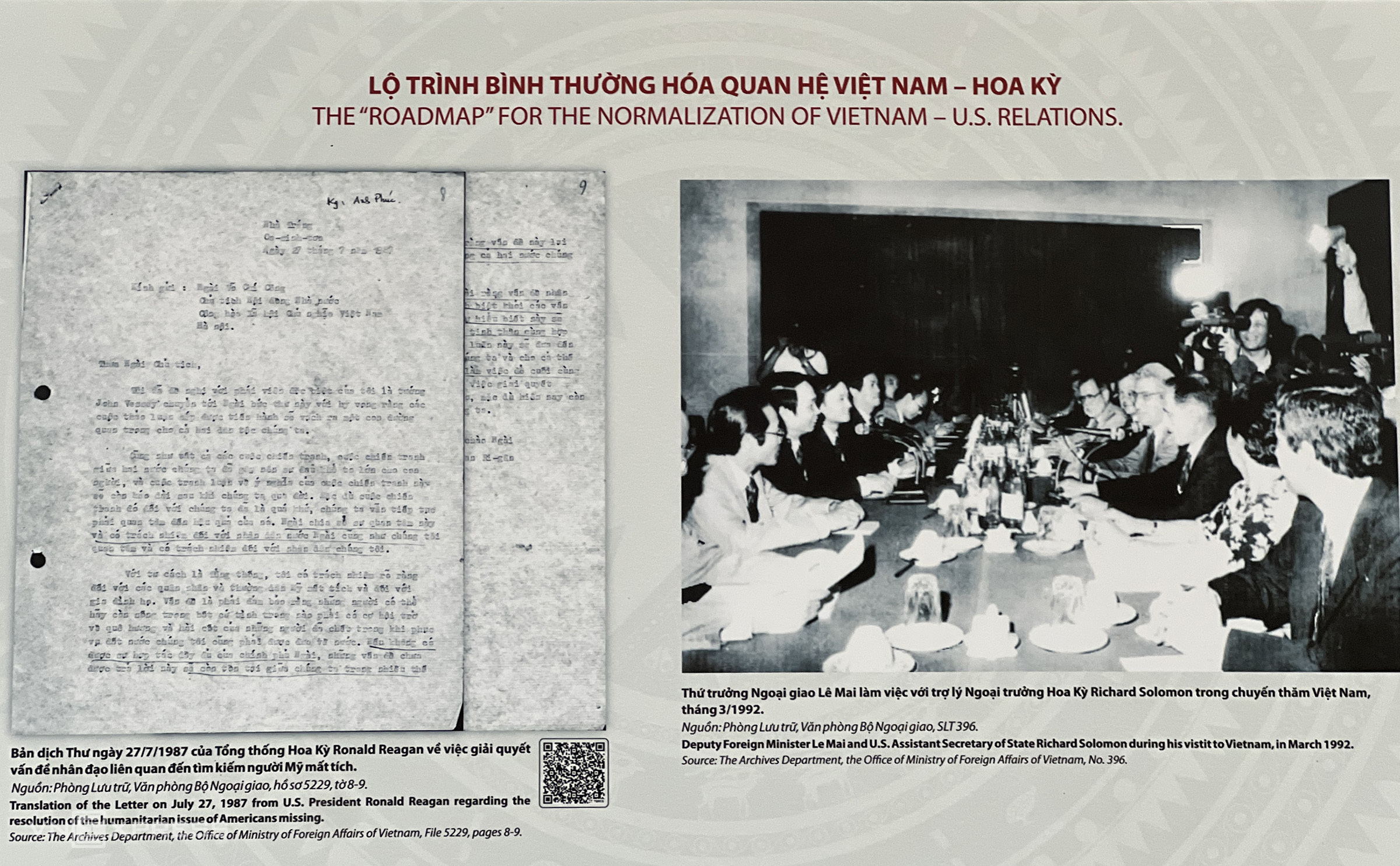 |
Left: A translation of President Ronald Reagan's letter dated 27/7/1987 regarding humanitarian issues related to the search for missing Americans. Right: Deputy Foreign Minister Le Mai working with a US Assistant Secretary of State during a visit to Vietnam in 3/1992. Photo: Hoang Phuong |
Left: A translation of President Ronald Reagan's letter dated 27/7/1987 regarding humanitarian issues related to the search for missing Americans. Right: Deputy Foreign Minister Le Mai working with a US Assistant Secretary of State during a visit to Vietnam in 3/1992. Photo: Hoang Phuong
In a meeting that morning with Dang Thanh Tung, Director of the State Records and Archives Department of Vietnam, Kelly McKeague, Director of the Defense POW/MIA Accounting Agency (DPAA), noted that 740 missing US service members have been identified, while 1,157 remain difficult to locate due to lack of information.
McKeague described the DPAA's process, explaining that investigative teams work to narrow the search area before excavation teams arrive. The National Archives Center III has provided crucial information, enabling the US side to pinpoint locations before commencing excavations.
The US hopes for continued Vietnamese support, particularly given the time sensitivity. Fifty years have passed since the war, and veterans on both sides are aging and passing away, necessitating faster exchange of information and materials.
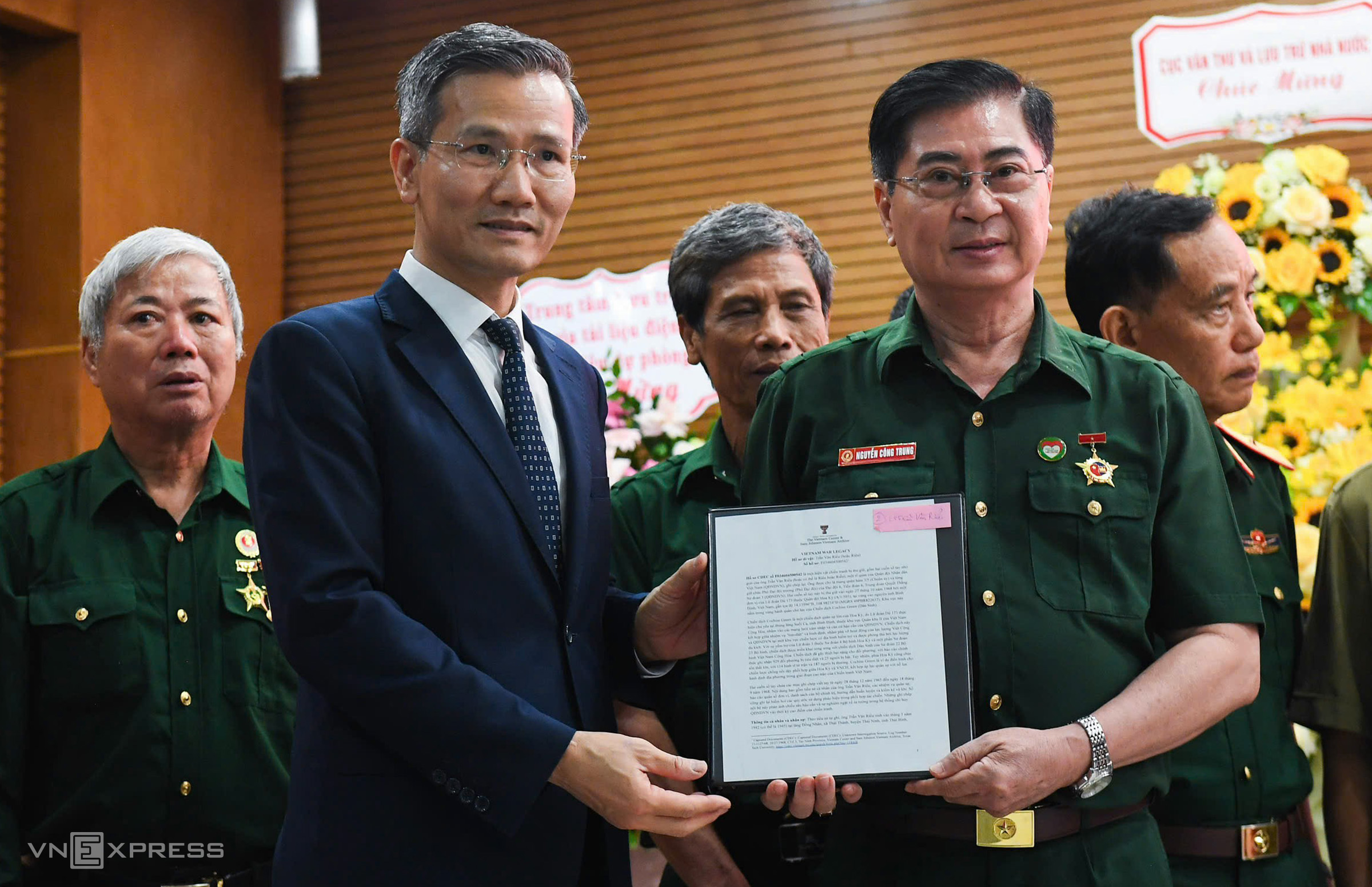 |
Representatives of families of martyrs receive records of their loved ones who died in the war, provided by the US side. Photo: Phuoc An |
Representatives of families of martyrs receive records of their loved ones who died in the war, provided by the US side. Photo: Phuoc An
In addition to the exhibition, 22 sets of wartime records and artifacts were handed over to families of Vietnamese martyrs. Texas Tech University currently holds a microfilm archive of nearly three million pages of writings, images, and artifacts belonging to Vietnamese soldiers from before 1975. Agencies from both countries are actively searching archives for information, artifacts, and records to return to families.
On 12/7/1995, the Vietnamese and US governments formally normalized relations. Key milestones include the signing of the Bilateral Trade Agreement in 2000, the establishment of a Comprehensive Partnership in 2013, and the elevation to a Comprehensive Strategic Partnership for peace, cooperation, and sustainable development in 9/2023.
Hoang Phuong



